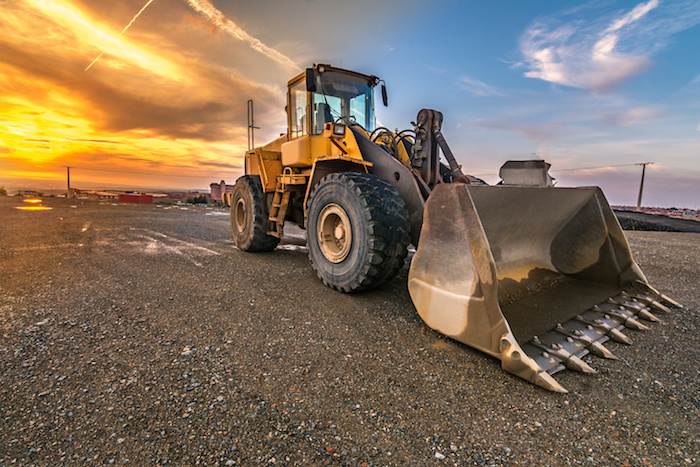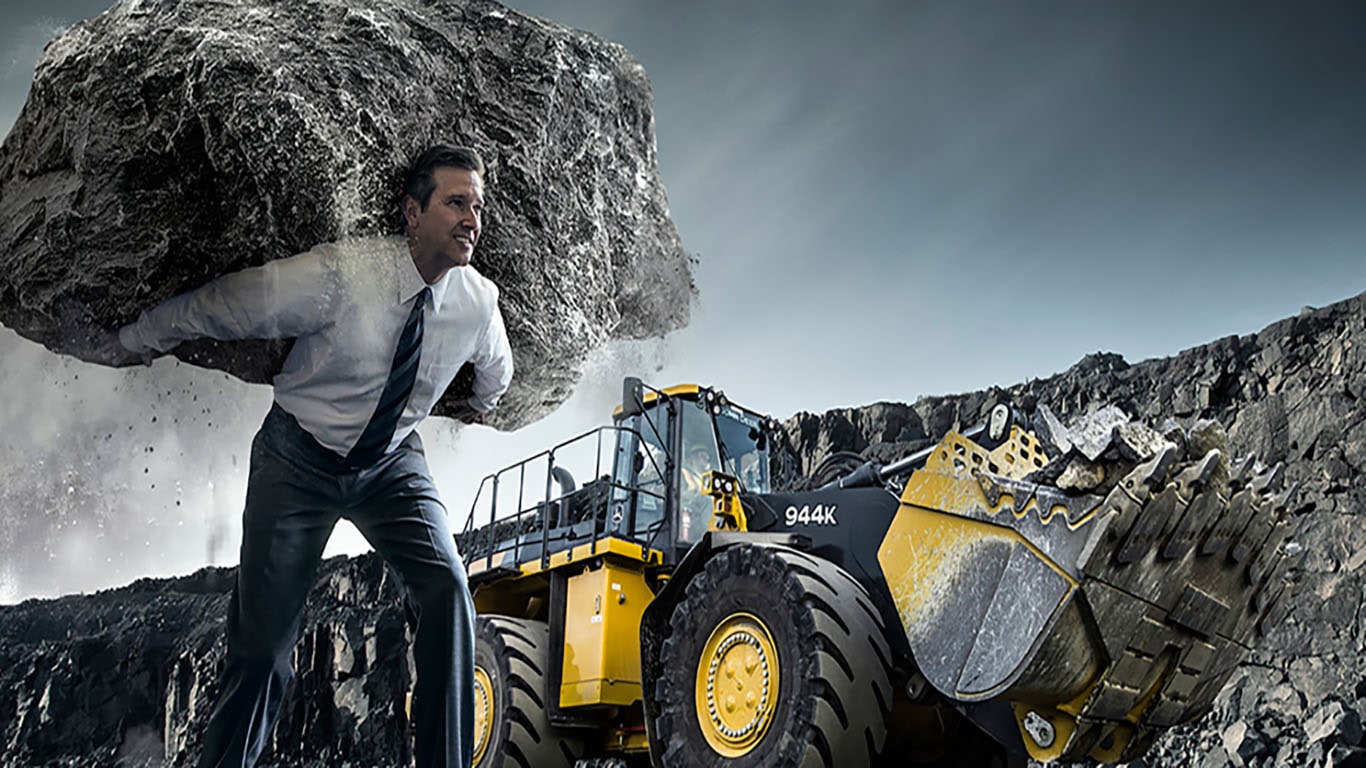Leasing Vs. Acquiring Building And Construction Tools: Making the Right Selection for Your Task
When embarking on a building job, one of the vital decisions that predict managers and stakeholders deal with is whether to acquire or rent building equipment. Both options have their advantages and drawbacks, making the selection a pivotal one in the project planning procedure. The choice depends upon numerous factors such as price considerations, project period, equipment maintenance, risk, scalability, and adaptability management. Each aspect plays an important function in establishing the most appropriate course for the task's devices needs. equipment rental company. Let's explore these elements additionally to comprehend how they affect the decision-making process and eventually the success of the project.
Expense Factors To Consider
Leasing equipment typically requires reduced initial repayments contrasted to purchasing, making it an appealing alternative for short-term tasks or service providers with spending plan restraints. In the long run, continually renting out tools can build up higher prices than acquiring, specifically for prolonged projects.
On the other hand, buying construction devices includes greater in advance costs however can result in lasting cost savings, particularly for constant users or long-lasting tasks. Inevitably, the choice in between getting and renting out building and construction tools pivots on the project's period, regularity of use, budget plan factors to consider, and long-term economic goals.
Job Duration

On the other hand, for long-term jobs or recurring building work, getting tools could be the much more affordable choice. Purchasing tools can result in set you back savings in the future, specifically if the tools will certainly be regularly used. Furthermore, having devices supplies a sense of control over its schedule and enables customization to fit specific task requirements.

Equipment Upkeep
Offered the critical role project duration plays in figuring out the most affordable technique in between renting and purchasing construction tools, the focus now shifts towards checking out the vital aspect of devices upkeep. On the other hand, possessing devices requires an aggressive approach to upkeep to avoid failures, guarantee safety and security, and prolong the tools's lifespan. Inevitably, a well-kept building and construction equipment fleet, whether leased or possessed, is important for the effective and efficient completion of building tasks.
Versatility and Scalability
In the world of construction devices administration, the element of adaptability and scalability holds considerable value for task effectiveness and source usage. Opting to rent building and construction equipment offers a high level of adaptability as it allows for the quick adjustment of devices types and amounts based upon the advancing needs of a project. Leasing makes it possible for specialists to access a variety of specific tools that might be required for details jobs without the long-lasting dedication of ownership. This versatility is especially advantageous for jobs with differing demands or unpredictable durations (scissor lift rental).
Additionally, scalability, an additional critical variable, is naturally linked to versatility. Leasing building devices provides the advantage of quickly scaling operations up or down as job demands change. Specialists can rapidly add or exchange devices to match the job's changing demands without the restrictions of owning properties that might come to be underutilized or outdated. This capacity to scale sources effectively can result in expense savings and boosted job timelines, making renting a positive option for tasks needing flexibility and responsive resource allocation.
Threat Monitoring
Effective threat administration in construction equipment operations is vital to making sure project success and mitigating prospective monetary losses. Construction tasks inherently involve various risks, such as devices breakdowns, mishaps, and project delays, which can dramatically impact the task timeline and spending plan. By thoroughly considering the dangers connected with owning or leasing building and construction devices, project supervisors can make educated decisions to reduce these prospective hazards.
Renting out building and construction tools can use a level of threat mitigation by transferring the obligation of repair and maintenance to the rental business. This can decrease the economic concern on the job owner in situation of unexpected equipment failings (scissor lift rental). Additionally, renting offers the adaptability to access customized devices for details task phases, minimizing the danger of having underutilized equipment
On the other hand, owning building and construction devices supplies a sense of control over its use and maintenance. Nevertheless, this likewise indicates bearing the full obligation for repair work, upkeep expenses, and devaluation, enhancing the monetary risks connected with tools ownership. Mindful danger analysis and factor to consider of elements such as job period, tools use, and upkeep needs are vital in establishing one of the most appropriate choice for reliable danger administration in building tasks.
Verdict
Finally, when choosing in between buying and leasing construction tools, it is essential to take into consideration expense, project period, tools maintenance, adaptability, risk, and scalability management. Each element plays an important duty in figuring out one of the most ideal choice for the job available. By very carefully evaluating these elements, task supervisors can make an informed decision that straightens with their budget plan, timeline, and general task objectives.
